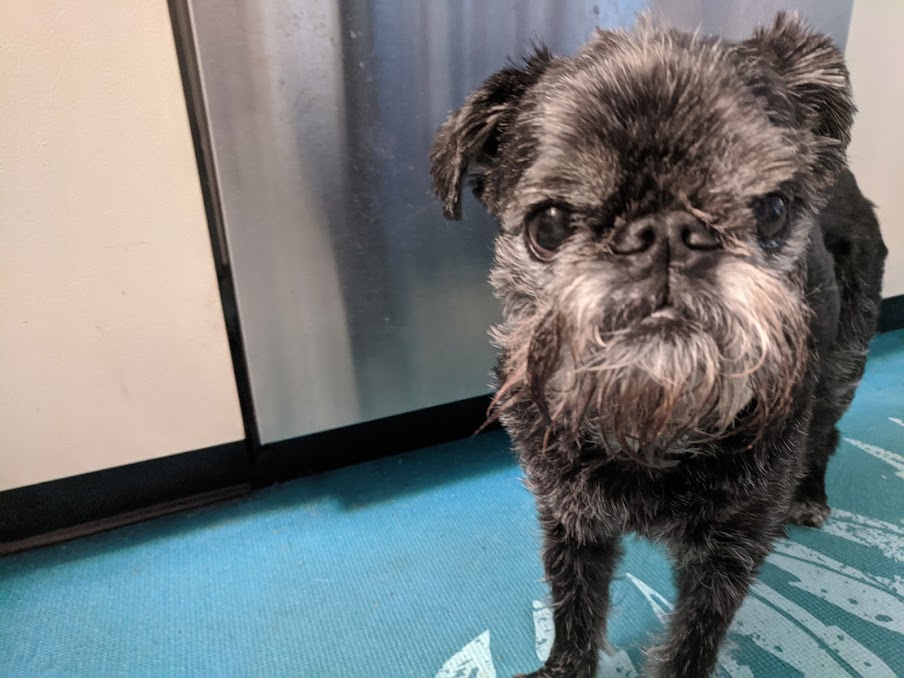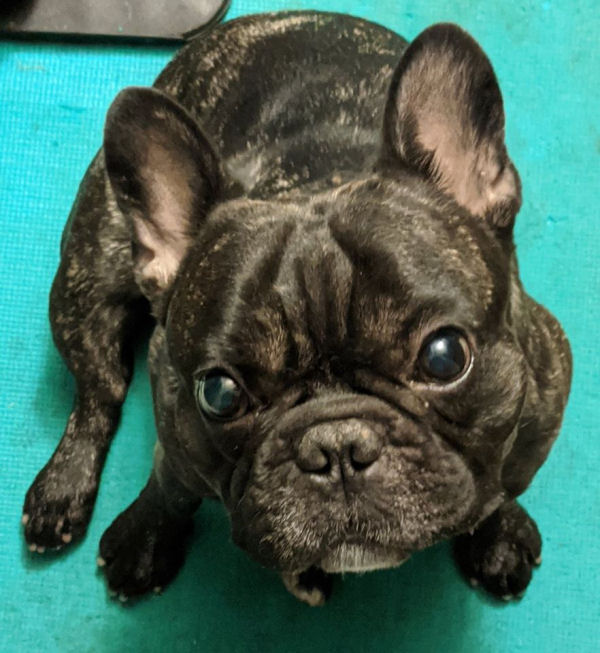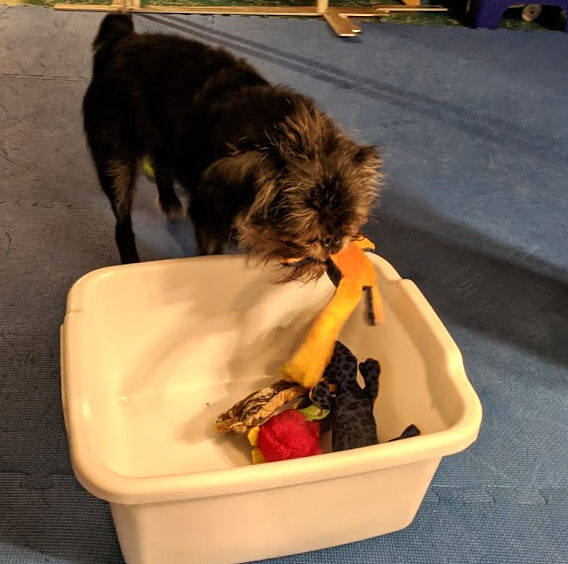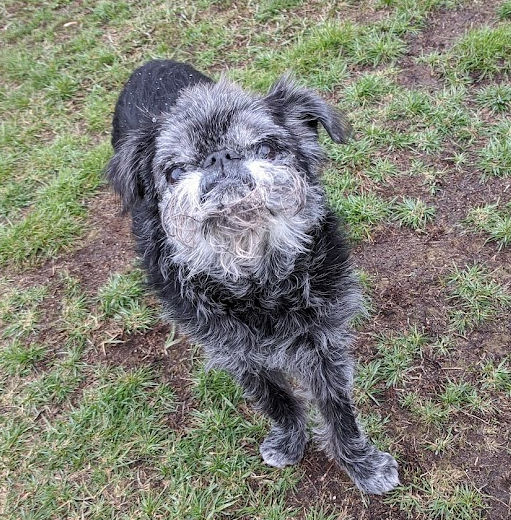It was like a revelation to our puppy class students. When you want your dog to release something, you don’t tug on it. That’s just common sense. One of dogs’ favorite games is tug. Being the logical creatures they are, dogs think that if you’re tugging, you’re playing. If your mouth is saying “drop it” or “let go” but your body language is saying “PLAY WITH ME!” – body language wins.
As a matter of fact, body language pretty much always wins. We’ve mentioned before how dogs are wonderful at reading signaled behaviors. It’s even a requirement in competition obedience. Not a word, just a gesture clues your dog into what you want him/her to do.
Try it yourself. If you’re like most people, your dog knows both the word “Sit!” and some kind of gesture that you always use that goes along with it. While you’re making the motion for “sit!”, say “Down!” instead. We’d bet your dog puts the emphasis on the motion.
Hard wired for motion
It makes sense. Dogs are predators. They’re attracted to motion. It’s exciting and gets their attention. They’re not animals that communicate with sound. We must make a conscious effort to teach our dogs to listen to the actual words we’re saying. Otherwise, we’re doomed to sound like the adults in the Peanuts cartoons “wah wah wah wah wah.”
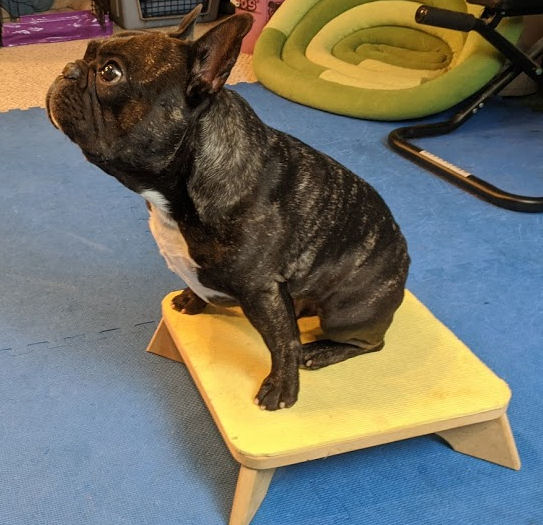
It can be done. Every other morning Torque, Hope’s French Bulldog, does specific exercises on a low stool that involve his hips/knees/ankles. Frenchies are notoriously front-heavy, so we make sure he works on strengthening his back end. The specific commands Hope uses are “Squat!” for him to put his front legs on the floor with his back end on the stool, and “Crouch!” for him to move off the back end with his front on the stool.
Hope is sure to “mix up” the order (with a “Sit!” on the stool between). Not knowing what’s coming up next, Torque has to listen. And Hope has a good indicator of how attentive he is that day – whether he “has his ears on” or not.
Get something to trade
So, when your dog steals your underwear out of your drawer and your natural instinct is to grab it, what are you supposed to do? (By the way, it’s best to address those bad habits now, because puppies don’t usually “grow out” of them.)
This was one of our puppy students’ real-life scenarios, and it ended with a trip to the emergency veterinarian’s office when the puppy ate the undies.
So yes, grab it. And hold on for dear life. You don’t want to make that trip to the vet.
But don’t pull. Just hold on. If you can, hold with both hands, one on either side of the dog’s mouth. And stay as still as you possibly can. If someone else is there, have them hold the dog so she can’t initiate the tug game. (Because, again, body language wins. If you’re calm and still, chances are your dog might be a little more calm.) If you’re alone, move forward, backing the dog into a dead-end space, if you can. Sometimes, just the action of moving the item further into the dog’s mouth will get them to release it.
Try to speak calmly and say whatever you want in a nice voice. If you amp up the volume, your dog will get more excited. The objective is to make the situation as un-game-like as possible. If there is someone else there, or if you can reach something, offer a particularly delicious treat or favorite actual tug toy in exchange.
Next week we’ll work on the “Drop it!” game

